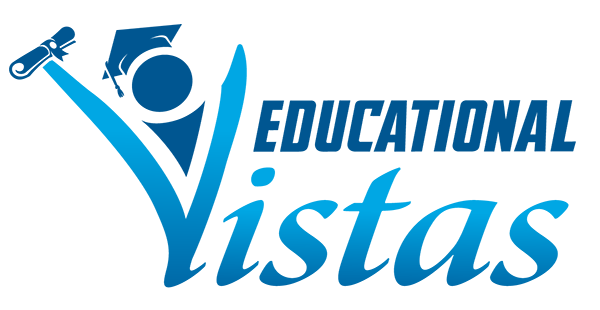Coming Challenges of a New P-5 Science
Curriculum & Testing
With the advent of new P-12 science standards and science tests, I began a review of the INTERVENTIONS which must be implemented with evidence that every fifth grader completed them prior to taking the new Grade 5 Science Test in the spring of 2024. Completion of the Investigations prepares students for the written test by providing a hands-on opportunity to demonstrate attainment of science knowledge and skills that also will be assessed on the written test.
We are now in 2023, and the clock is ticking for schools to prepare students for the new test. The Investigations are designed to be embedded into instruction and can be offered any time during the school year, dependent on when teachers cover the particular Learning Standards assessed. So, what’s the big deal?
Science Curriculum
Both the new P-12 science standards and Investigations need to be woven into what currently exists as a science curriculum at each grade-band level. While the standards inform the development of instructional units, the Investigations provide students with hands-on, science experiences (i.e., emphasis on PERFORMANCE). A Teacher’s Guide for each required Investigation provides an estimate of the time needed to complete related activities. However, the actual times needed to complete the required laboratory activities may vary depending on the length of scheduled laboratory periods or whether lab questions are to be completed in class or outside of class as homework.
An apparent and early challenge is the shape of a new, elementary-level science curriculum. This prompts a critical question: How, where, and when will the Investigations be implemented along with the scope and sequence of other elements of a science program within the P-5 system? It will certainly take more than conference days to meet this challenge, granted that much of work can take place in progress with the retention of selected current materials to avoid throwing out the proverbial baby with the bath water.
Investigations
The four required Investigations for Elementary-level Science and the primary performance expectations measured by each are:
- Structure and Properties of Matter: What’s in the Bag? (PE: 5-PS1-4)
- Weather and Climate: Cloud in a Bottle (PE: 3-ESS2-3)
- Energy: Light It Up (PE: 4-PS3-4)
- Life Cycles and Traits: Circle of Life (PE: 3-LS1-1)
An examination of the Investigations reveals the levels of reading/reasoning, predicting and verifying, describing and explaining, and working with data tables and maps. The new science standards reside in a sea of verbs. Reading and writing are at the heart of each investigation.
Reading-Writing Connection
While there is considerable emphasis in the Investigations resting squarely on reading and scientific vocabulary, there is a greater challenge featured in the sample, grade 5 written test. With the Investigations providing the real nature of using science, the written test will include a higher degree of reading challenge in understanding science texts and responding to related questions.
In closing, I must recommend that a new, science curriculum be supported across the curriculum. There are considerable supports that may come from ELA, math, and social studies, not to mention art and music. This could begin with a selection of science-based texts to meet the non-fiction dimension of reading at all grades and math support in addressing measurement. Success in development and implementation will rest on the level of collaboration and integration that makes its way into a school’s total curriculum system.
 Dr. Bruce H. Crowder is a senior researcher for Educational Vistas, Inc. His work is primarily focused on creating pathways for deeper learning for all students through student performance and a dynamic curriculum replete with strategic teaching. Dr. Crowder may be reached at bcrowder@edvistas.com
Dr. Bruce H. Crowder is a senior researcher for Educational Vistas, Inc. His work is primarily focused on creating pathways for deeper learning for all students through student performance and a dynamic curriculum replete with strategic teaching. Dr. Crowder may be reached at bcrowder@edvistas.com
